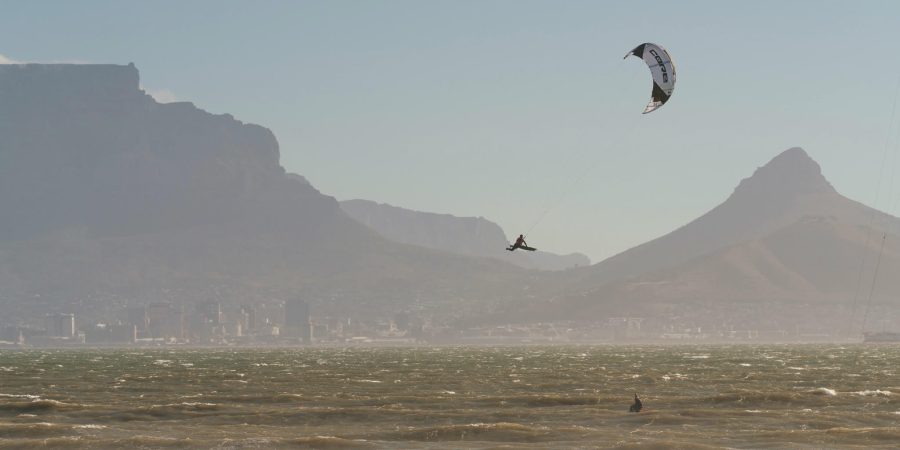Kitesurfing is not just about riding the waves and feeling the wind in your hair—it’s also a fascinating blend of physics and engineering. In this blog post, we’ll delve into the science behind kitesurfing. We’ll explore the aerodynamics of kites, the mechanics of harnessing wind power, and the principles that enable riders to perform incredible tricks and maneuvers. Get ready to appreciate the intricate science that allows kitesurfing enthusiasts to defy gravity and harness the power of the elements.
The science behind kitesurfing encompasses principles from aerodynamics, hydrodynamics, and meteorology. Here are the key scientific concepts involved:
1. Aerodynamics: Kitesurfing kites are designed to generate lift and pull when exposed to the force of the wind. The kite’s shape, angle of attack, and airfoil profile are crucial in generating lift. The curved shape of the kite’s leading edge, similar to an airplane wing, creates pressure differences between the upper and lower surfaces, resulting in lift. By adjusting the angle of attack, riders can control the amount of lift and power generated by the kite.
2. Wind Window: The wind window is a three-dimensional zone in which the kite can be flown. It is determined by the wind direction and the rider’s position. The wind window is divided into three areas: the power zone, the neutral zone, and the edge of the window. The power zone, located directly downwind from the rider, is where the kite generates the most power. By maneuvering the kite within the wind window, the rider can control the speed and direction of movement.
3. Hydrodynamics: Kitesurfing boards are designed to glide on the water’s surface while offering stability and control. The shape, rocker profile, and fin configuration of the board influence its performance. The rocker profile, the curvature from nose to tail, affects the board’s maneuverability and ability to handle different water conditions. Fins provide stability and help with maintaining direction.
4. Weather and Meteorology: Kitesurfing heavily relies on weather conditions, particularly wind strength and direction. Wind speed is crucial as it determines the power generated by the kite. Wind direction is important to position the kite correctly within the wind window and utilize the available power efficiently. Meteorological knowledge helps kitesurfers predict weather patterns, such as frontal systems or thermal winds, to find optimal conditions for their sport.
5. Safety Systems: Kitesurfing equipment includes various safety systems to ensure the rider’s well-being. These systems typically involve quick-release mechanisms that allow the rider to detach from the kite in emergency situations. The design of these safety systems involves principles of engineering and human factors to provide reliable and intuitive operation.
Overall, kitesurfing combines scientific principles from aerodynamics, hydrodynamics, and meteorology to create a thrilling and dynamic sport. Understanding these scientific concepts helps kitesurfers make informed decisions, maximize performance, and ensure safety while enjoying the sport.


Laat een antwoord achter